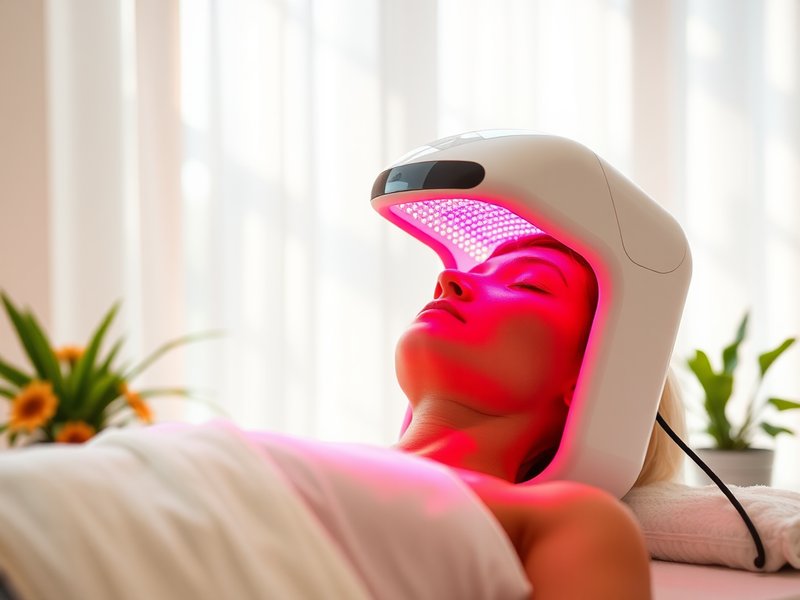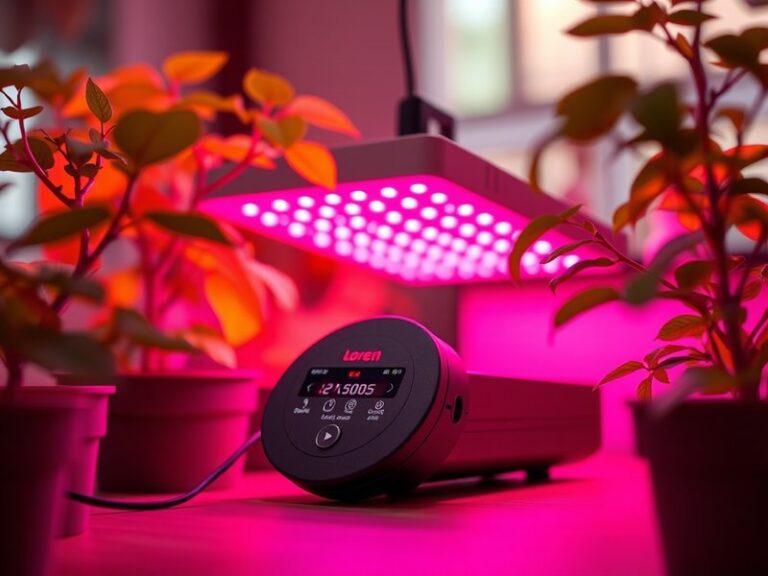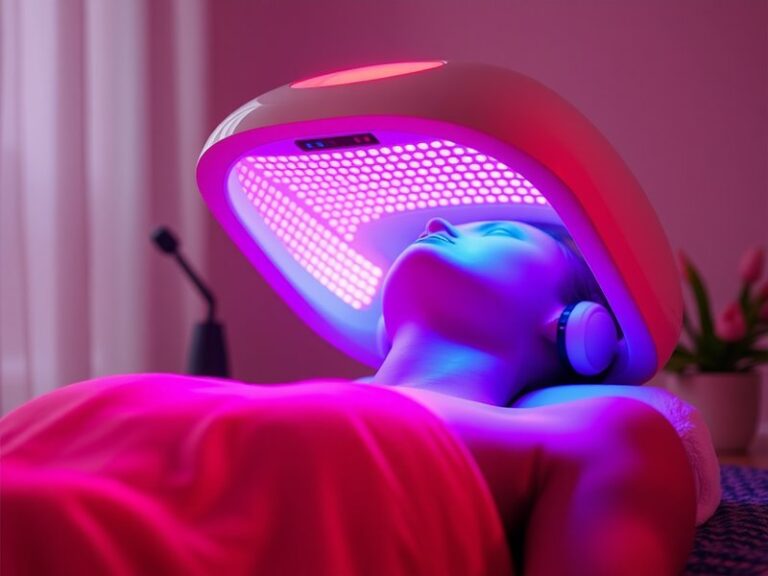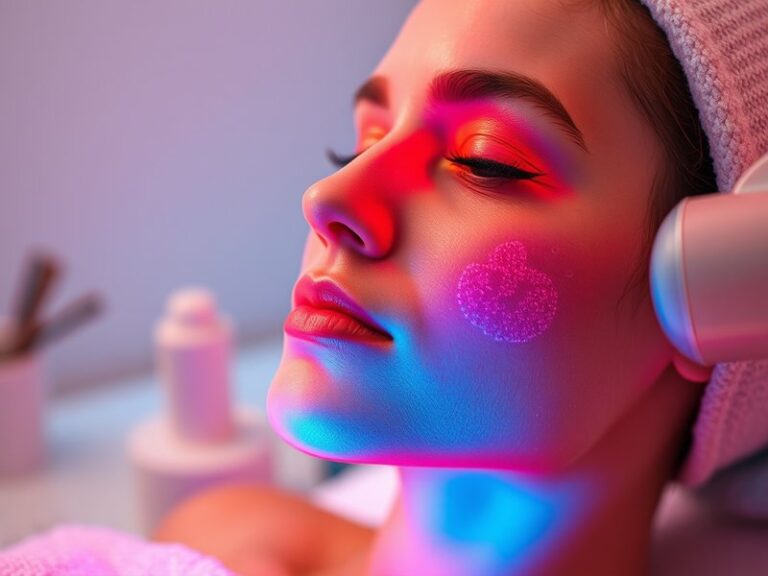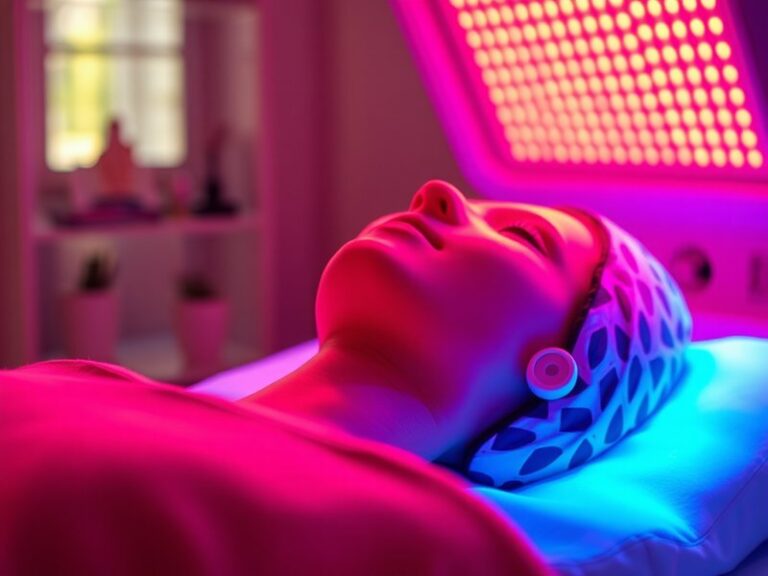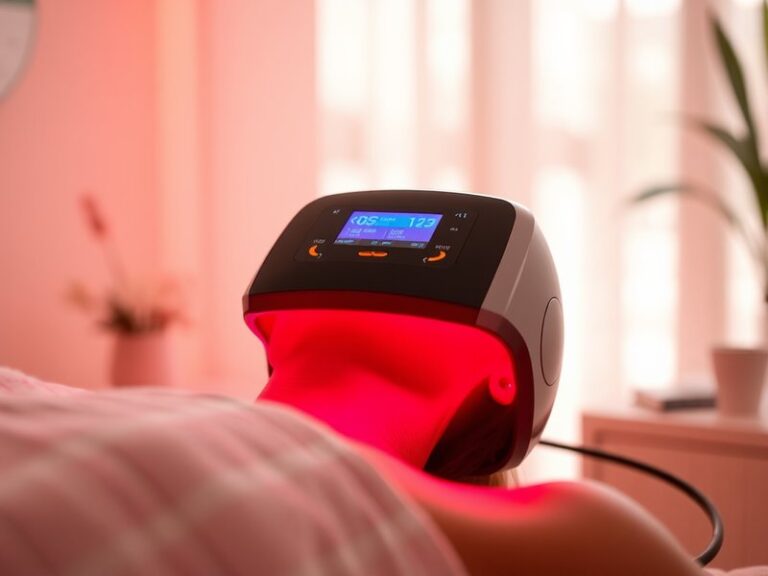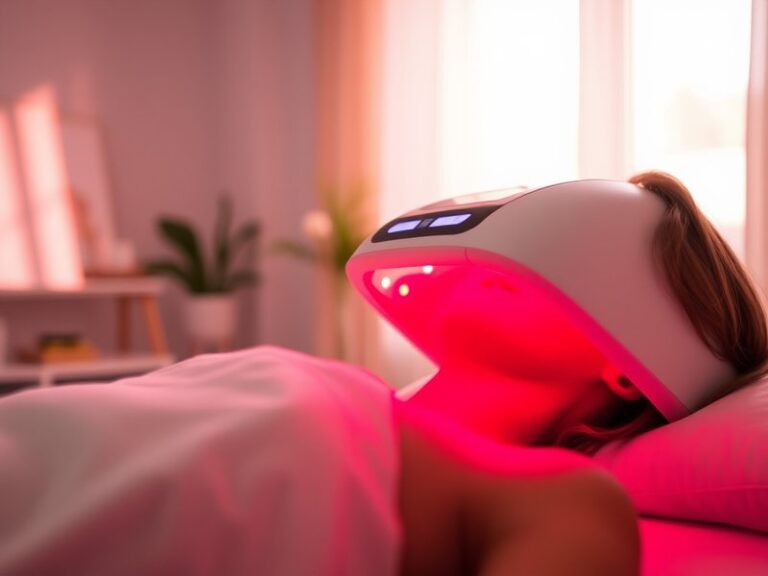What Is Red Light Therapy Used To Treat?
What Is Red Light Therapy Used To Treat?
How can a simple light therapy improve your health and well-being?
Red light therapy (RLT) is gaining popularity as a versatile treatment option for a variety of conditions. With a growing body of research supporting its efficacy, many are curious about the specific applications and benefits of this innovative therapy. This article explores what red light therapy is used to treat, its benefits, considerations, and alternatives.
Key Takeaways
- Red light therapy is effective for skin rejuvenation, pain relief, and enhancing healing processes.
- The therapy has minimal side effects, making it a safe option for many individuals.
- Alternatives to red light therapy exist, providing additional options for treatment.
What is Red Light Therapy?
Red light therapy involves the use of low-level wavelengths of red light to treat various health and skin issues. It works by penetrating the skin and stimulating cellular function, thereby enhancing the body’s natural recovery processes. RLT can be performed in clinics or at home using specialized devices, making it accessible for many people.
Mechanism of Action
This therapy operates on the principle that specific wavelengths of light can be absorbed by tissues, initiating biochemical reactions. The light energy is converted into biochemical energy (ATP), thereby increasing the energy of cells and promoting repair processes. This effect is often associated with improved blood circulation and inflammation reduction.
Common Conditions Treated
Red light therapy is commonly used to treat a range of conditions including:
- Skin issues (acne, wrinkles, scars)
- Joint pain and inflammation
- Muscle recovery after exercise
- Hair loss (androgenic alopecia)
- Wound healing
What are the Benefits of Red Light Therapy?
Red light therapy offers several benefits that make it an appealing option for individuals seeking non-invasive treatment. The following points justify its financial investment and time allocation for therapy.
Discover the analysis in Need special bulb for red light therapy?
Skin Rejuvenation
Red light therapy has demonstrated significant effects in improving the appearance of the skin. It stimulates collagen production, which enhances skin elasticity and reduces wrinkles. Clinical studies show that RLT can reduce acne scars and promote overall skin texture.
Pain Relief
Numerous studies indicate that RLT effectively reduces pain and inflammation in various conditions such as arthritis and muscle strains. Patients often report reduced discomfort after a series of sessions, making it a popular alternative to pharmaceuticals.
Enhanced Healing
RLT accelerates the healing process of wounds and injuries by improving blood flow and reducing inflammation. Studies reveal that RLT can decrease recovery time for sports-related injuries, which is beneficial for athletes and active individuals.
Improved Mood and Sleep
Some research suggests that red light therapy may positively influence mood and sleep quality. By regulating circadian rhythms and promoting relaxation, this therapy can enhance overall wellness.
Is it Possible to Administer Red Light Therapy at Home?
Yes, administering red light therapy at home is feasible with the right equipment. Many devices are now available for consumer use, providing convenience and flexibility to those interested in therapy outside of a clinical setting.
What are the Advantages of Home Treatment?
Home administration of RLT has several advantages, including:
- Convenience: Users can schedule therapy sessions based on personal convenience without needing to visit a clinic.
- Cost-Effective: Investing in a home device can save money in the long run, especially for ongoing treatment.
- Comfort: Many people prefer the comfort of their own space while undergoing therapy, enhancing relaxation.
What are the Disadvantages of Home Treatment?
While there are benefits, some drawbacks should be considered, such as:
- Limited Guidance: Without professional oversight, individuals may not apply RLT optimally, potentially reducing its effectiveness.
- Device Quality Variability: Not all home devices are equally effective; choosing high-quality products is crucial.
- Lack of Professional Evaluation: Home users may miss the benefit of professional diagnosis or adjustments to their treatment regimen.
What are the Things to Consider Before Starting Red Light Therapy?
Before embarking on red light therapy, it is prudent to consider several important factors.
Medical History
Individuals should discuss their medical history with a healthcare professional. Specific underlying conditions may affect therapy suitability or require adjustment in application.
Type of Device
The type of red light therapy device significantly influences treatment outcomes. Users should research and invest in reputable brands known for their effectiveness.
Treatment Schedule
Determining the appropriate frequency and duration of therapy is vital for achieving desired results. Consulting with a professional or following manufacturer guidelines can aid in establishing an effective routine.
What are the Alternatives to Red Light Therapy?
Several alternatives are available for those exploring treatment options for similar conditions.
Cryotherapy
Cryotherapy involves exposing the body to cold temperatures to reduce inflammation and pain. It is often used by athletes for recovery purposes.
Low-Level Laser Therapy (LLLT)
LLLT employs similar principles to red light therapy but uses specific laser wavelengths for treatment. It is used for pain management and skin healing.
Ultrasound Therapy
Ultrasound therapy utilizes sound waves to promote healing and reduce pain, particularly in musculoskeletal conditions. It is commonly used in physical therapy settings.
Conclusion: Is it Recommended to Use Red Light Therapy?
Based on the article’s exploration of red light therapy, this treatment is indeed recommended for various conditions due to its numerous benefits and minimal side effects. While it’s critical to consider personal health situations and the right devices, RLT presents an effective option for skin rejuvenation, pain relief, and enhancing healing processes.
Frequently Asked Questions
What side effects are associated with red light therapy?
Red light therapy is generally considered safe, with mild side effects such as temporary redness or irritation in the treated area. These generally resolve quickly.
How long does it take to see results from red light therapy?
Results can vary, but many individuals report noticeable improvements within a few weeks of consistent treatment, depending on the condition being treated.
Can red light therapy be combined with other treatments?
Yes, red light therapy can often complement other treatments, such as topical medications or physical therapy, enhancing overall efficacy.
Check out our analysis Does Red Light Therapy Work?
Is red light therapy suitable for everyone?
While RLT is safe for many individuals, consulting with a healthcare provider is essential for those with specific medical conditions or concerns to ensure its appropriateness.
